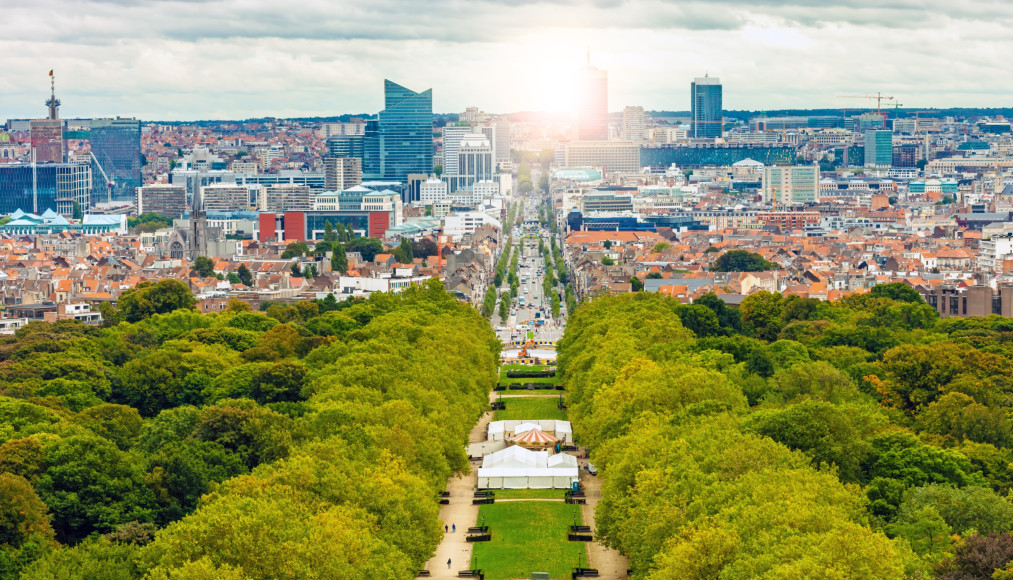With the launch of the Green Deal Climate-proof Environment, the Flemish Government is focusing on smart use of open space to protect Flanders from the impact of climate change and biodiversity loss. Regenerative design is therefore the key to arming our living environment against tomorrow's challenges. But what is meant by regenerative design? And how can we then integrate more green and blue in urban environments?
What is regenerative design?
Regenerative design is adaptable, healthy and resilient. This means not only mitigating negative impacts, but also restoring our living environment. By starting from the specific location with your design, you add value not only to the project, but also to the bigger picture. In this kind of design, we prefer nature-based solutions, where we are guided by the natural system, such as vegetation, soil and microclimate.
So it's mainly about flexibility and foresight. Through smart design choices, we can make urban environments more resilient to the effects of climate change. Here, we focus on three building blocks: nature-enhancing urbanism, sponge landscapes and urban mobility 2.0. In this blog post, we take a closer look at the very first building blocks, namely biodiversity and resilience.

Biodiversity and resilience as key to success
Cities will increasingly have to rely on natural resilience, in which biodiversity and our water system play an essential role. In a resilient city, green is used in the broadest possible sense of the word: from the ecosystem, the water system and the living environment of its inhabitants. Connectivity and resilience in the green-blue network are not only important for the survival of species and coping with extreme weather conditions, but also serve as natural air conditioning for residents.
Incorporating a diverse mix of fauna and flora creates a holistic vision for policy, design and management. In practice, this looks as follows:
- Depaving: Through depaving, we restore natural soils in our cities, which is essential for green and water life.
- Green-blue solution: These strategies use natural elements to improve situations from an integrated design approach.
- Nature-inclusive public spaces: Green is omnipresent and accessible in the climate-proof city, not limited to classic parks but also present in car parks, playgrounds and streets.
- Layered planting:In the climate-proof city, greenery is not limited to the ground level. Green extends to vertical layers on walls and roofs, promotes depaving projects and contributes to cooling and reducing the heat island effect thanks to the promotion of evapotranspiration.
- 3/30/300 rule: This rule sets sharper and more ambitious green standards, whereby every home should overlook at least 3 trees, 30 per cent of each neighbourhood should be green or shaded, and no one should walk further than 300 metres to an accessible green space.
Together towards the city of tomorrow
Regenerative design opens up numerous opportunities to adapt our cities to the challenges of climate change. It is therefore important that policymakers are strongly encouraged to implement regenerative solutions in their design plans, putting green-blue interlacing at the forefront. This is how we guarantee the resilience and liveability of our cities and set the course for the green-blue city of tomorrow.
As Antea Group, we are driven to guide cities and municipalities towards a healthy and climate-adaptive living environment. With 50 years of expertise in our backpack, we embrace nature-enhancing solutions and offer tailor-made solutions to our clients.
Curious about more nature solutions?Curious about regenerative design for your city or municipality?
We are happy to help!



